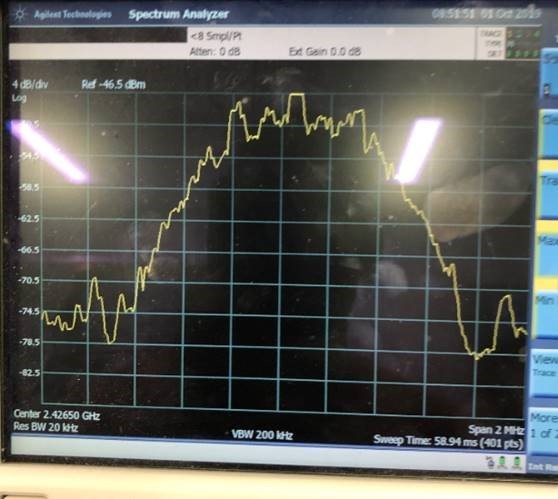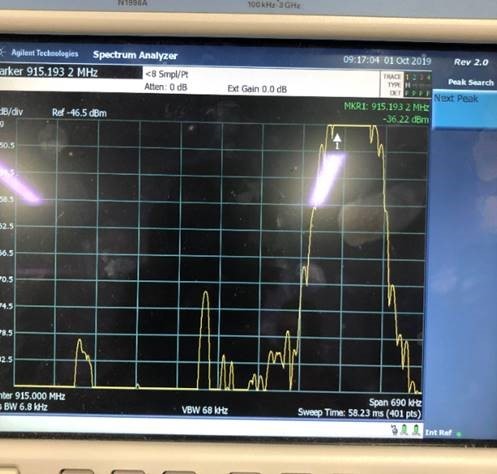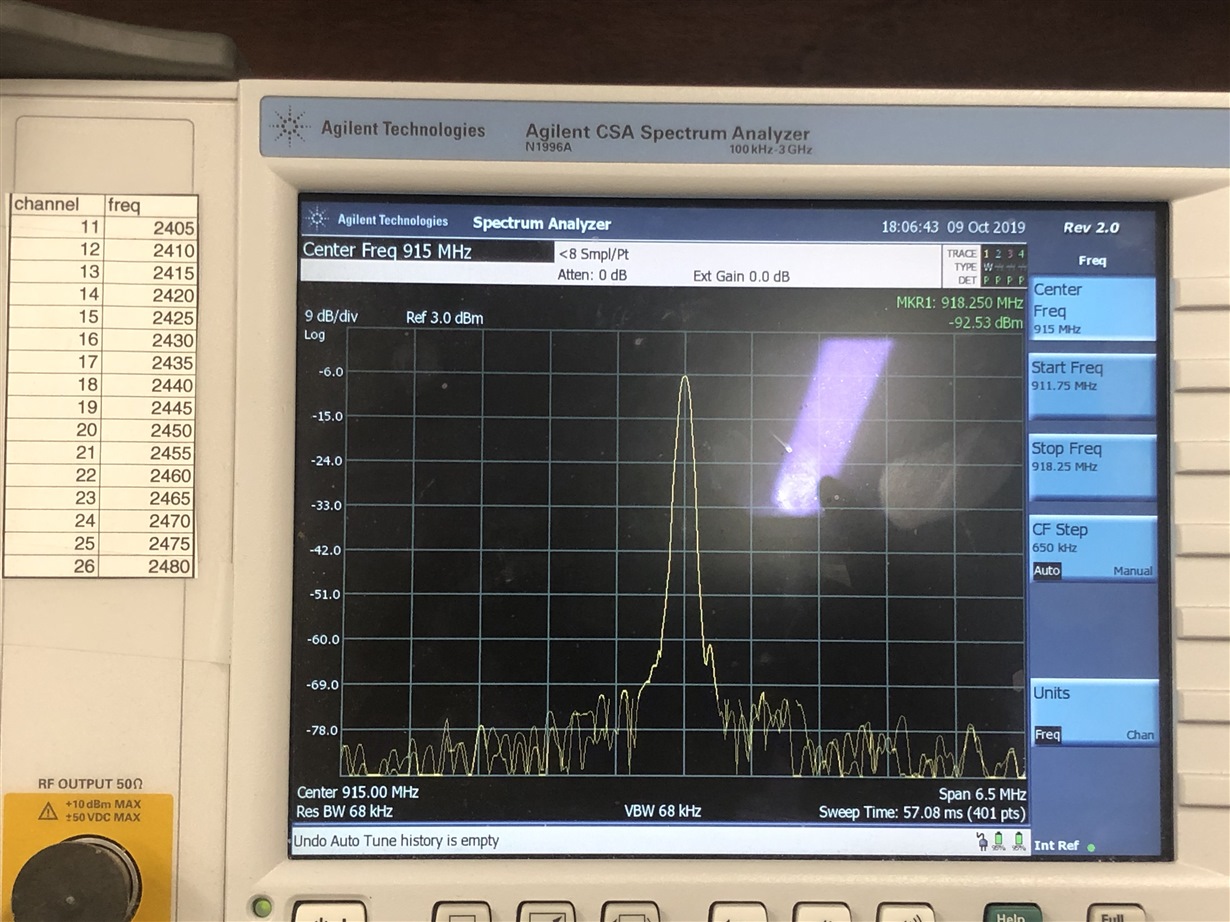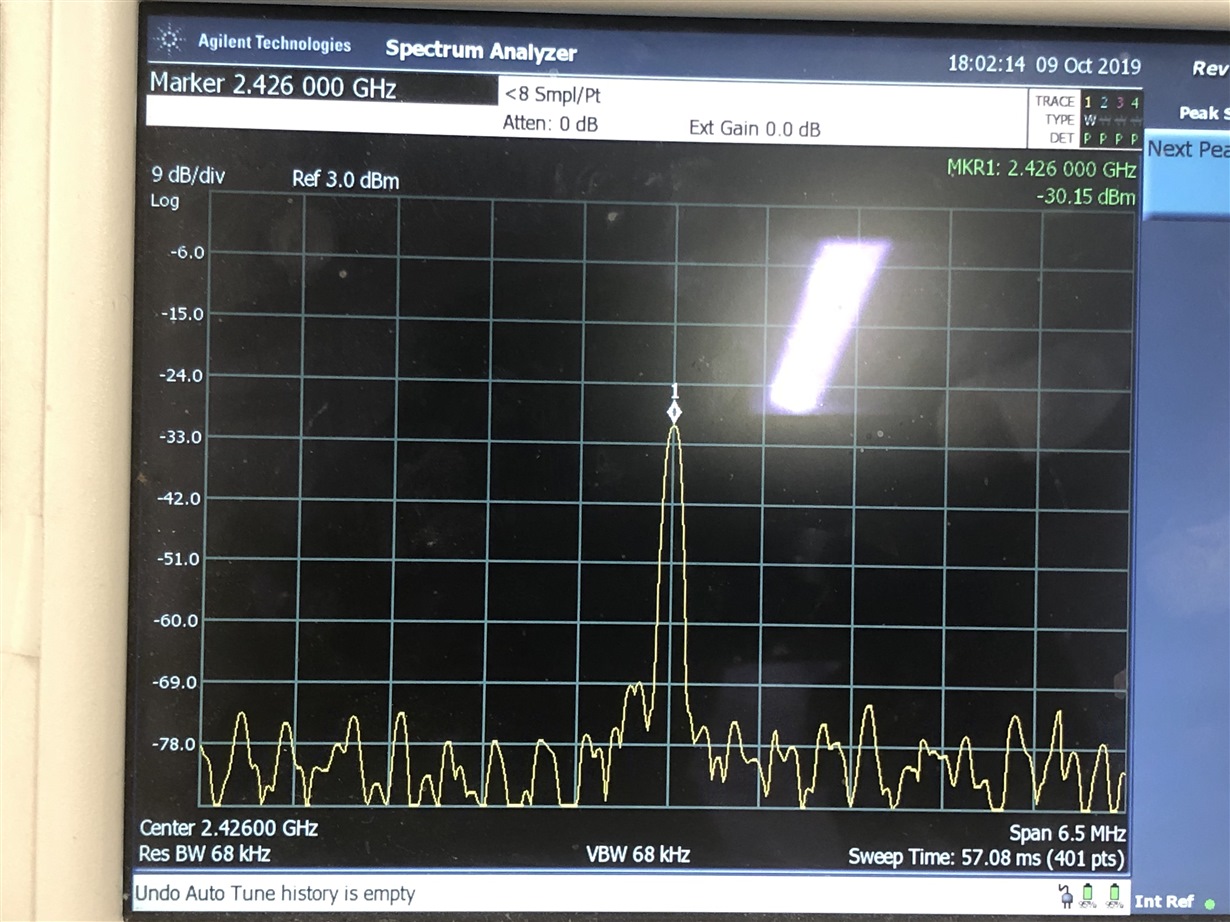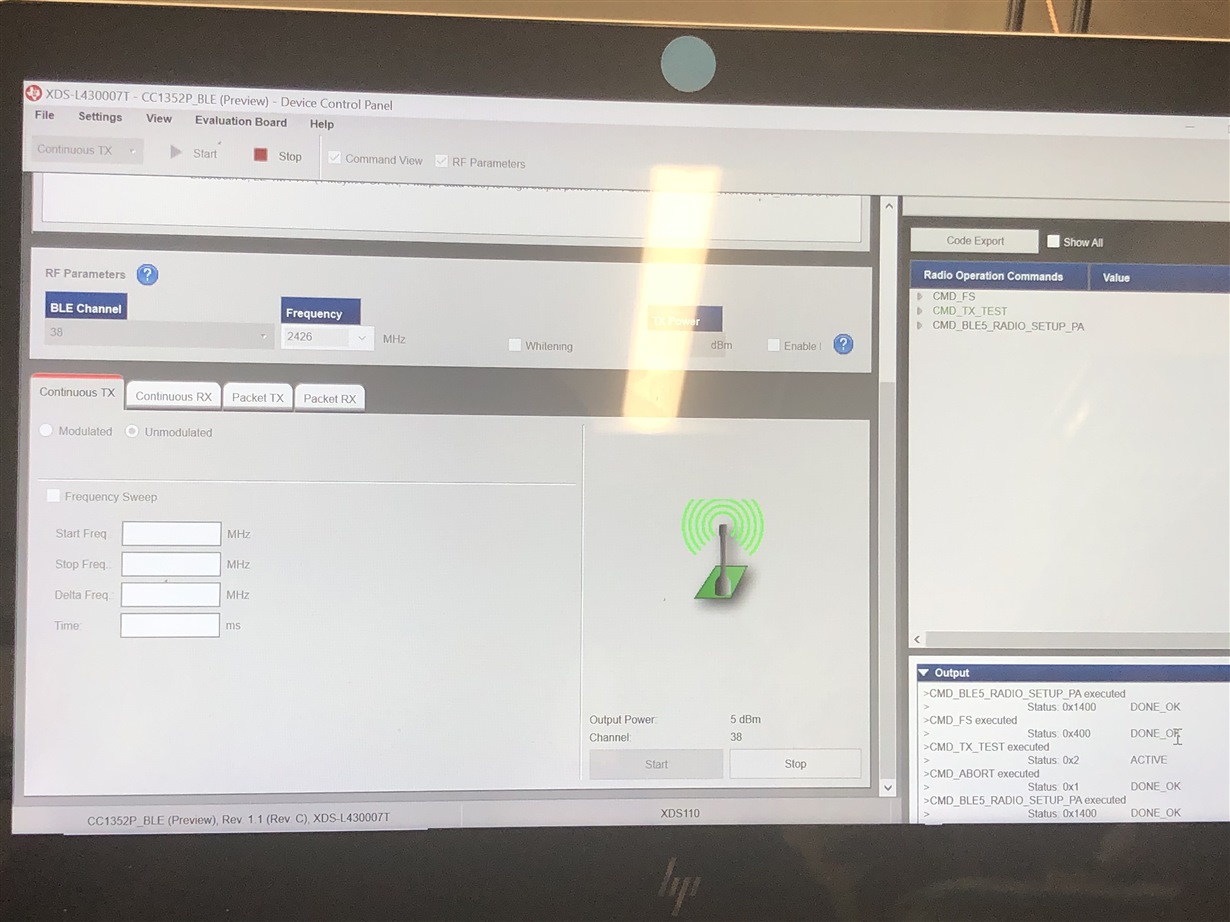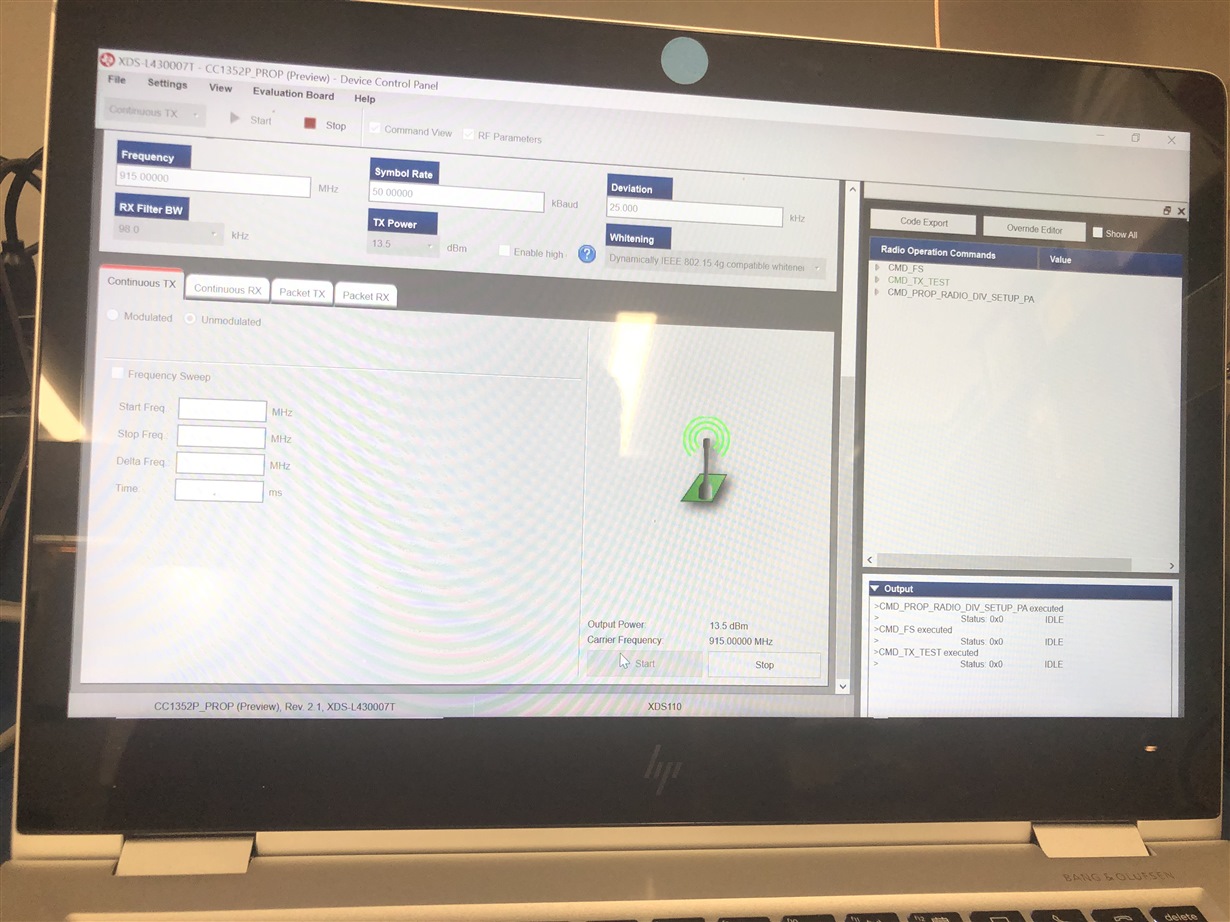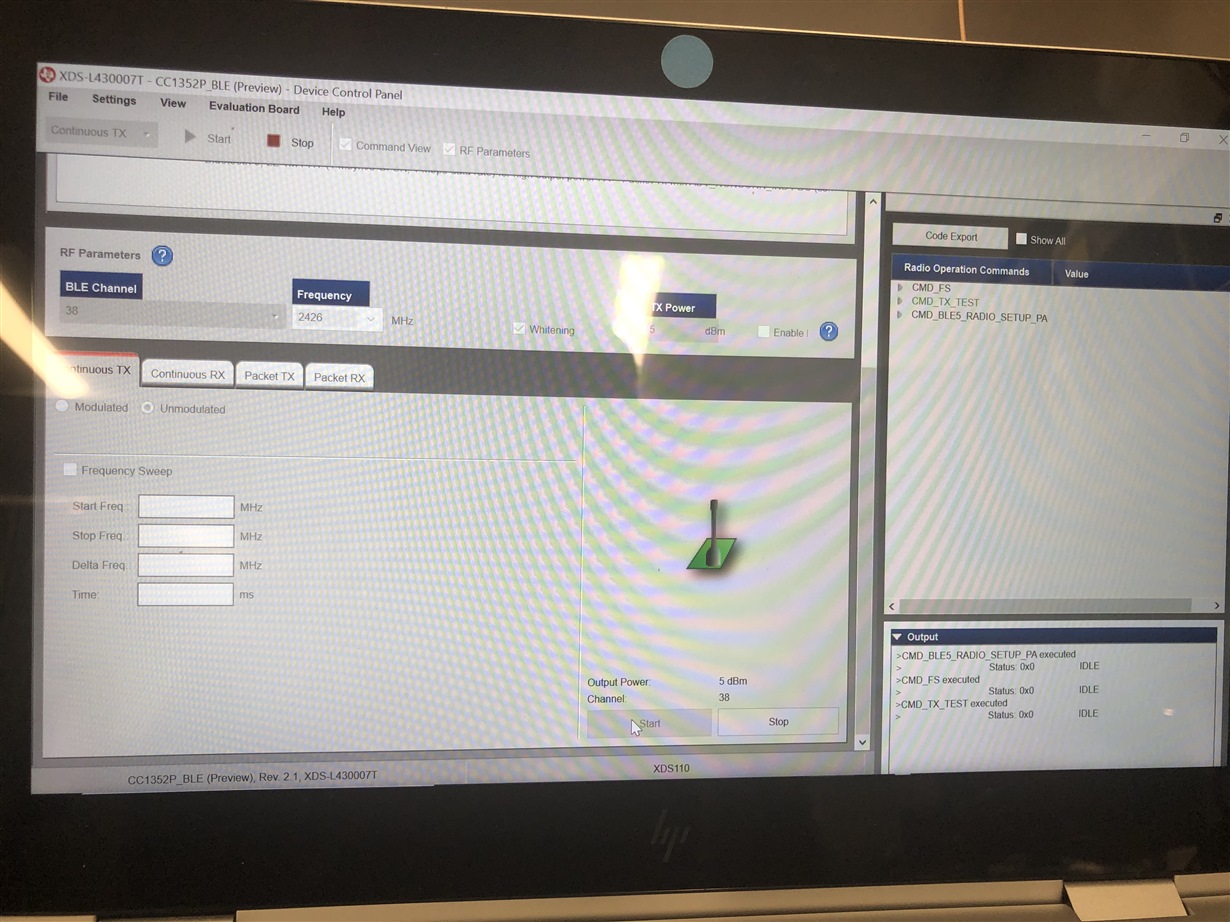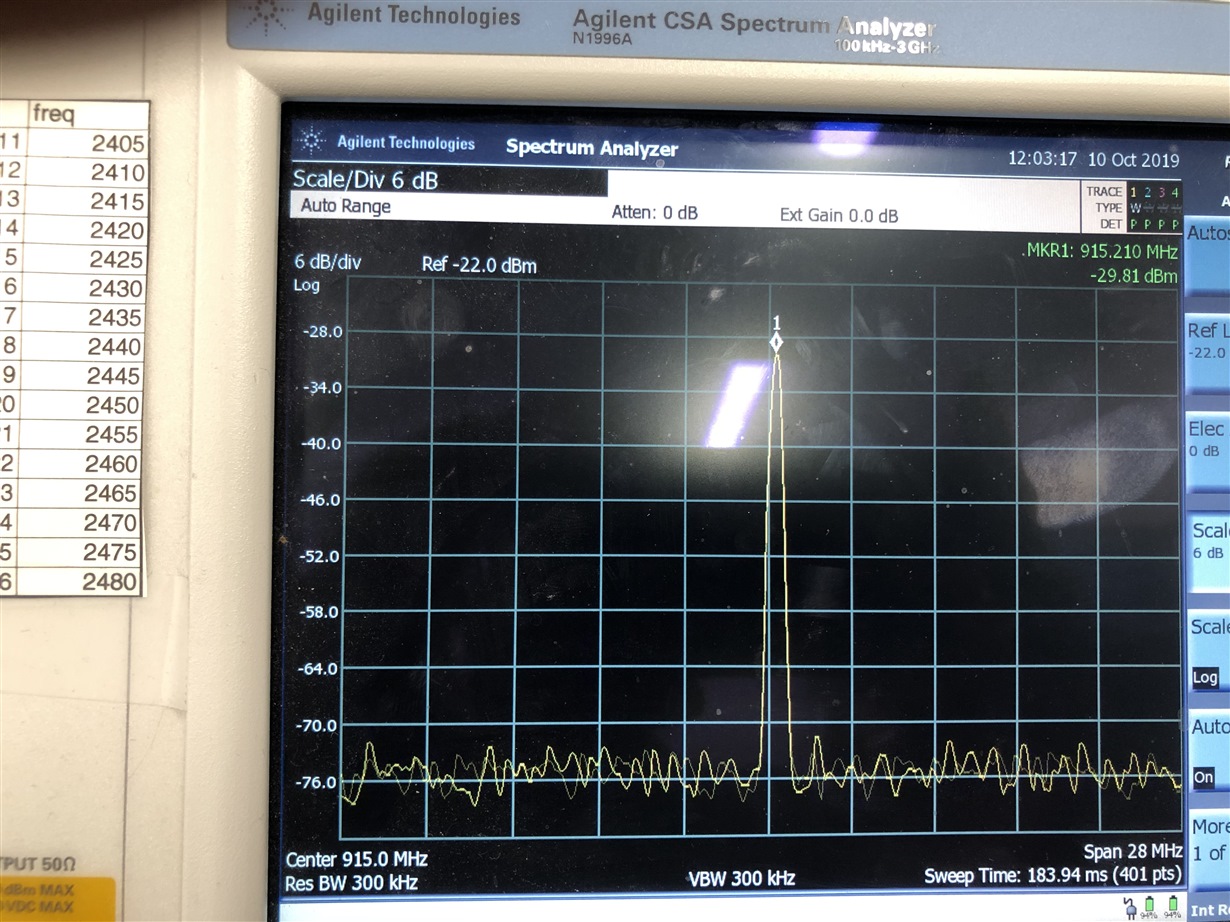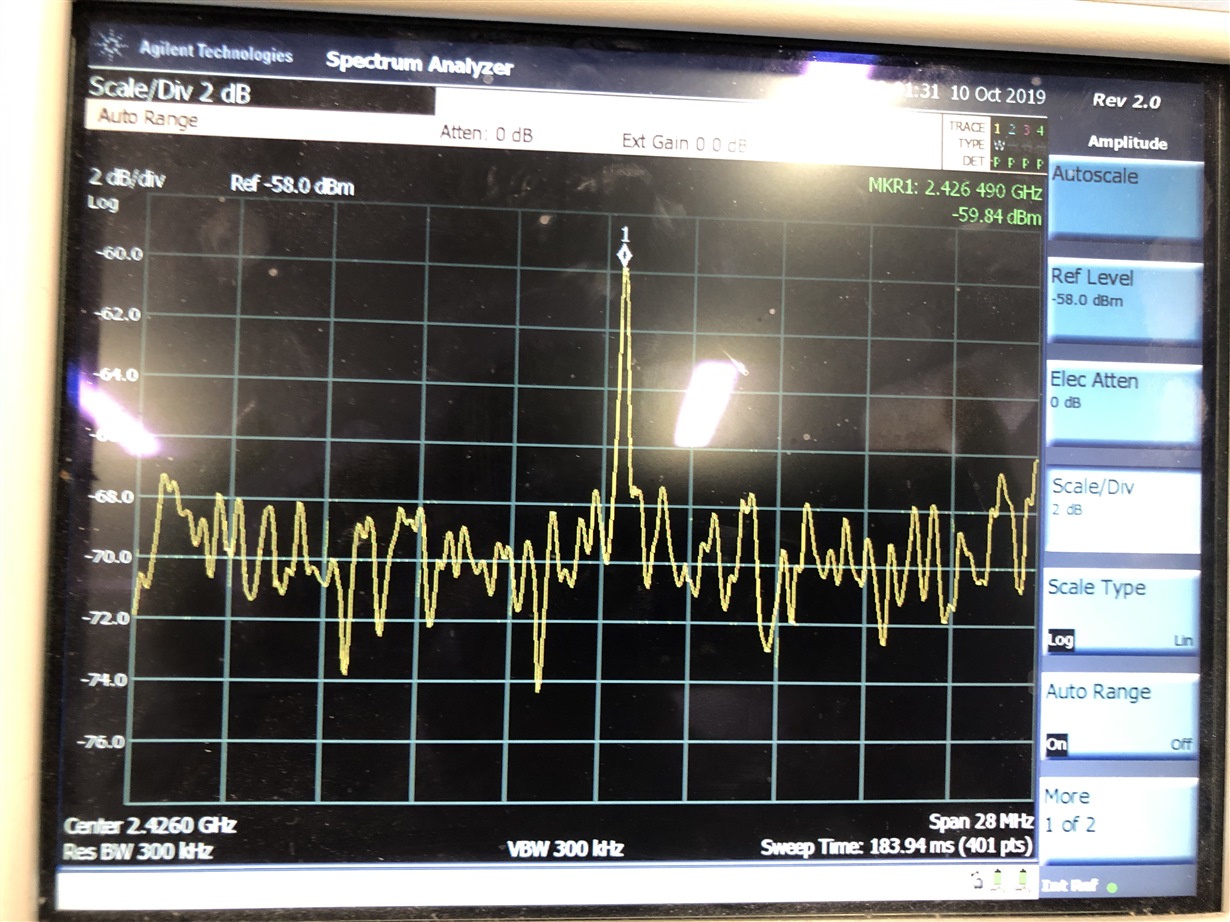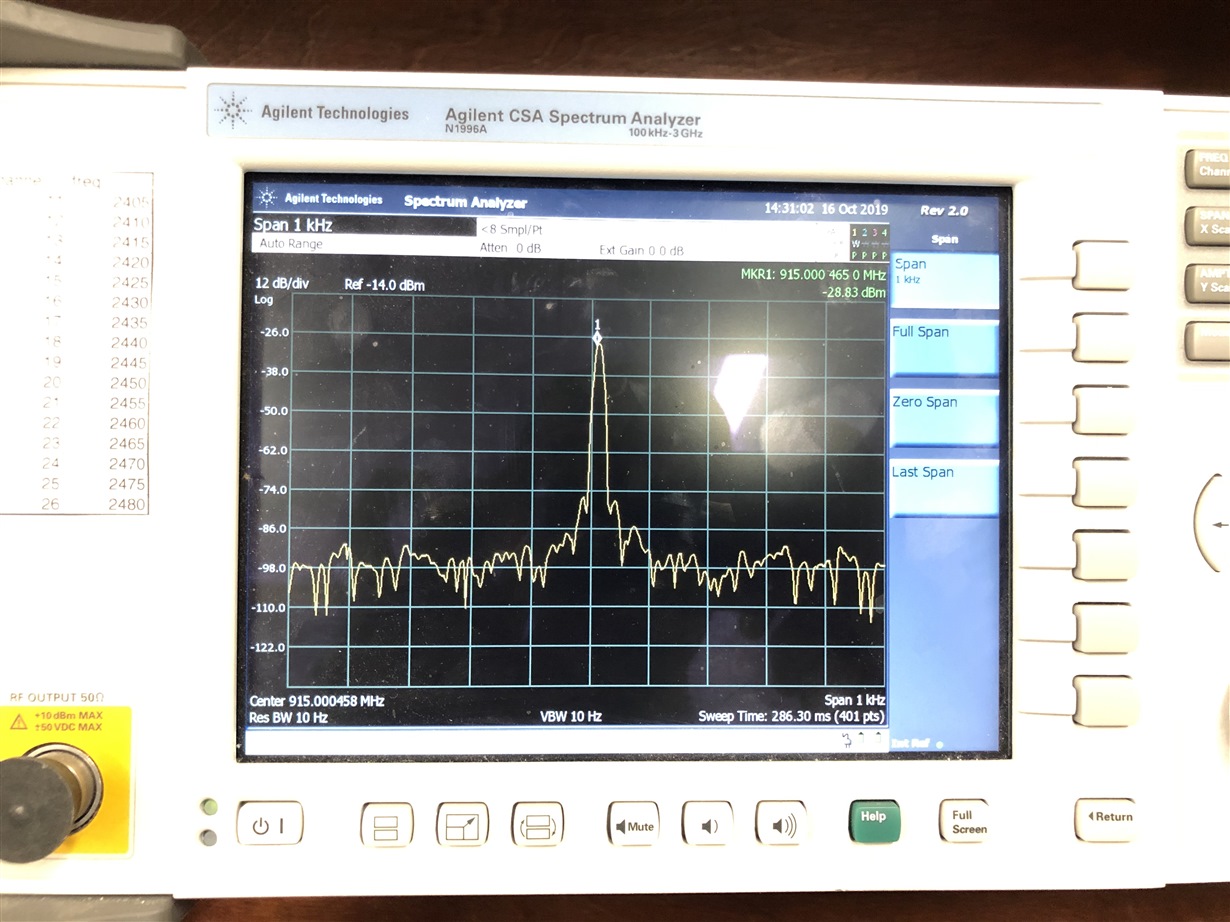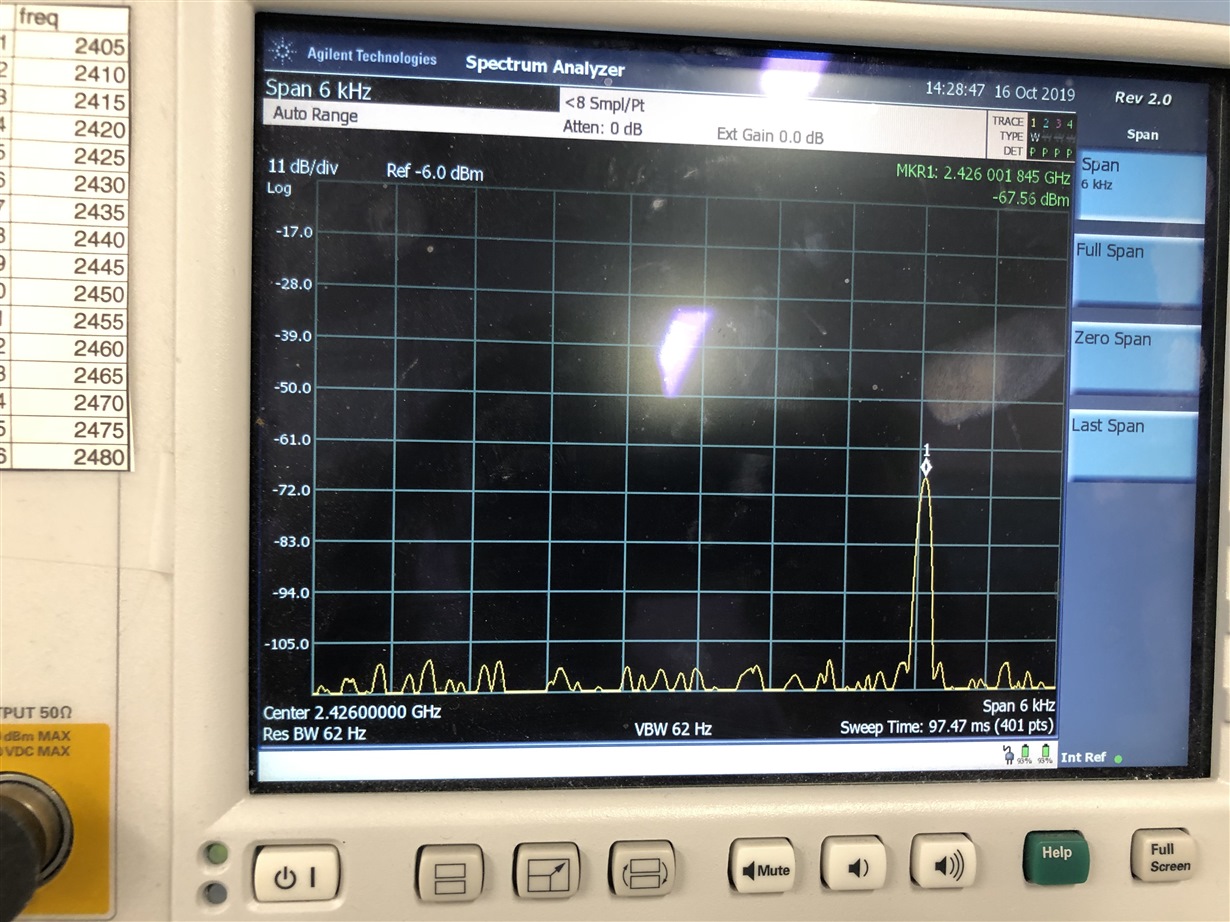Other Parts Discussed in Thread: CC2540, CC2642R
Hello ,
I would like to know if I can run the BLE Simple peripheral code on a custom PCB board designed with the CC1352P chip. Is there additional libraries required or just flashing the chip using a CC1352P launchpad will suffice.
I'm new to this and any help will be appreciated.
Thanks


